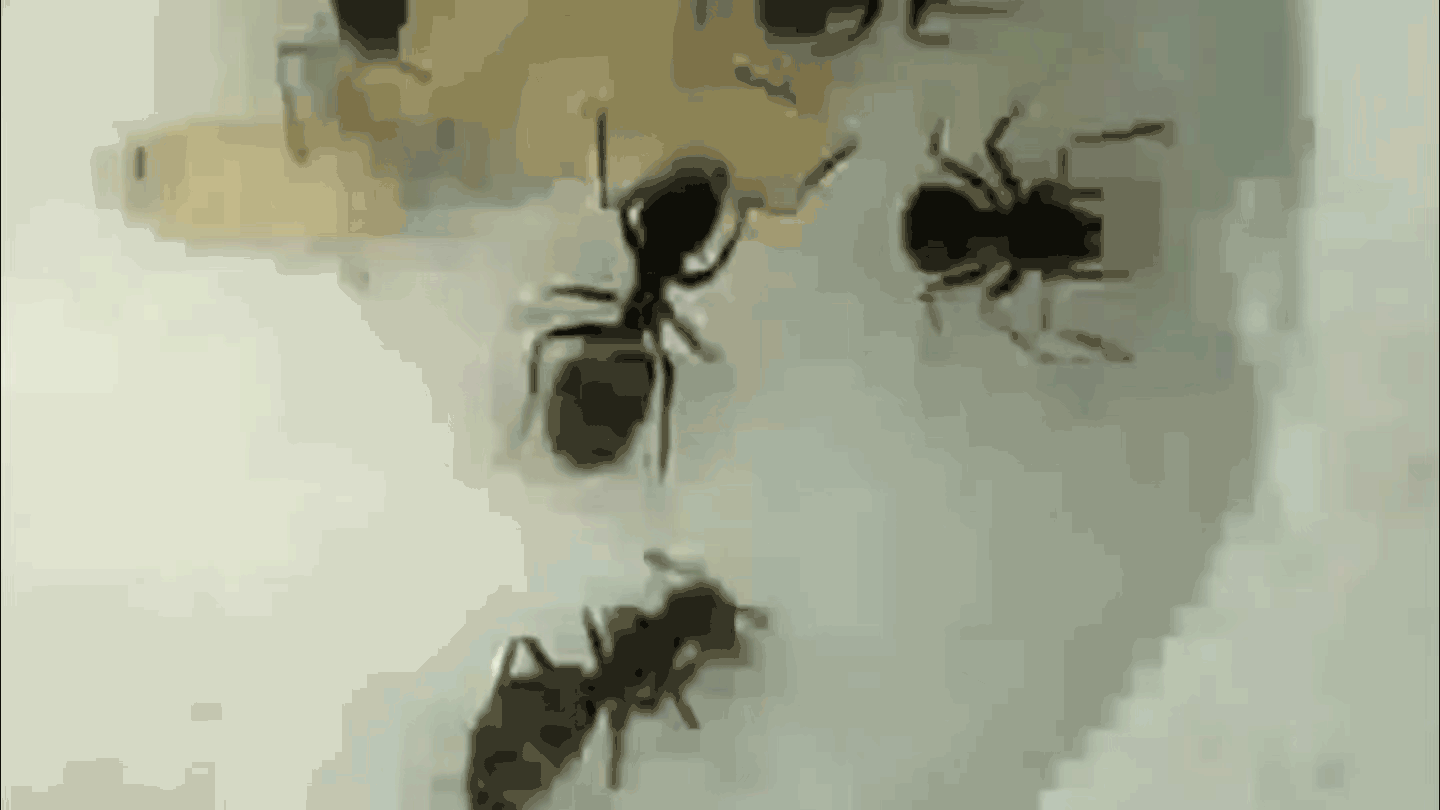- More than 2 years ago
CHICAGO — A new technique could induce plant leaves to mass produce custom proteins in a matter of weeks. The plant cells could make virtually any kind of protein, including antigens for rapid production of vaccines against new viruses.
By injecting harvested plant leaves with the gene for a desired protein, scientists can make the plant cells produce the protein without ever genetically engineering the entire plant. Developing a genetically modified plant and getting government approval can take years. In this method, DNA inserted into the leaves floats freely in the cytoplasm of the cell where it is transcribed.
The new method also employs a vacuum chamber to infuse batches of leaves all at once, improving on previous techniques of injecting a gene into the leaves by hand using a syringe — a painstaking process not easily scaled up for mass production.
Karen McDonald of the University of California, Davis developed the technique and reported the results at the World Congress on Industrial Biotechnology and Bioprocessing. “The speed is a big advantage” over genetically modified plants, McDonald said.
Using plants to produce quick-turnaround vaccines is a hot area of research, comments Alex Day of Kentucky BioProcessing, a biotechnology company in Owensboro involved with plant-based protein production. “There hasn’t been a system developed before that would allow this approach to work on a large scale.”
McDonald and her colleagues grew unmodified tobacco plants and clipped the mature leaves. In the lab, the scientists submerged the leaves in a solution containing Agrobacterium tumefaciens. This species belongs to a group of microbes that can insert pieces of their DNA into plant cells. The scientists altered the microbes to instead insert DNA containing the gene for the desired protein.
The hard part was getting the microbes into the interior of the leaves to reach the cells. Air bubbles inside the leaves prevented the solution from flowing in. McDonald’s team placed the tray of submerged leaves inside a vacuum chamber to draw out the air bubbles. Releasing the partial vacuum then allowed the microbe-containing fluid to rush in and fill the spaces inside the leaves.
The researchers kept the leaves alive, and after letting the plant cells produce the protein for four days, the scientists extracted the protein from the leaves.
“You could make any kind of protein this way,” McDonald says. Problems could arise for some proteins because of differences in the finishing touches that plant and animal cells put on the proteins, she says, but this issue could be solved by including tag-along genes that put on the correct finishing touches to make the proteins compatible for humans.






